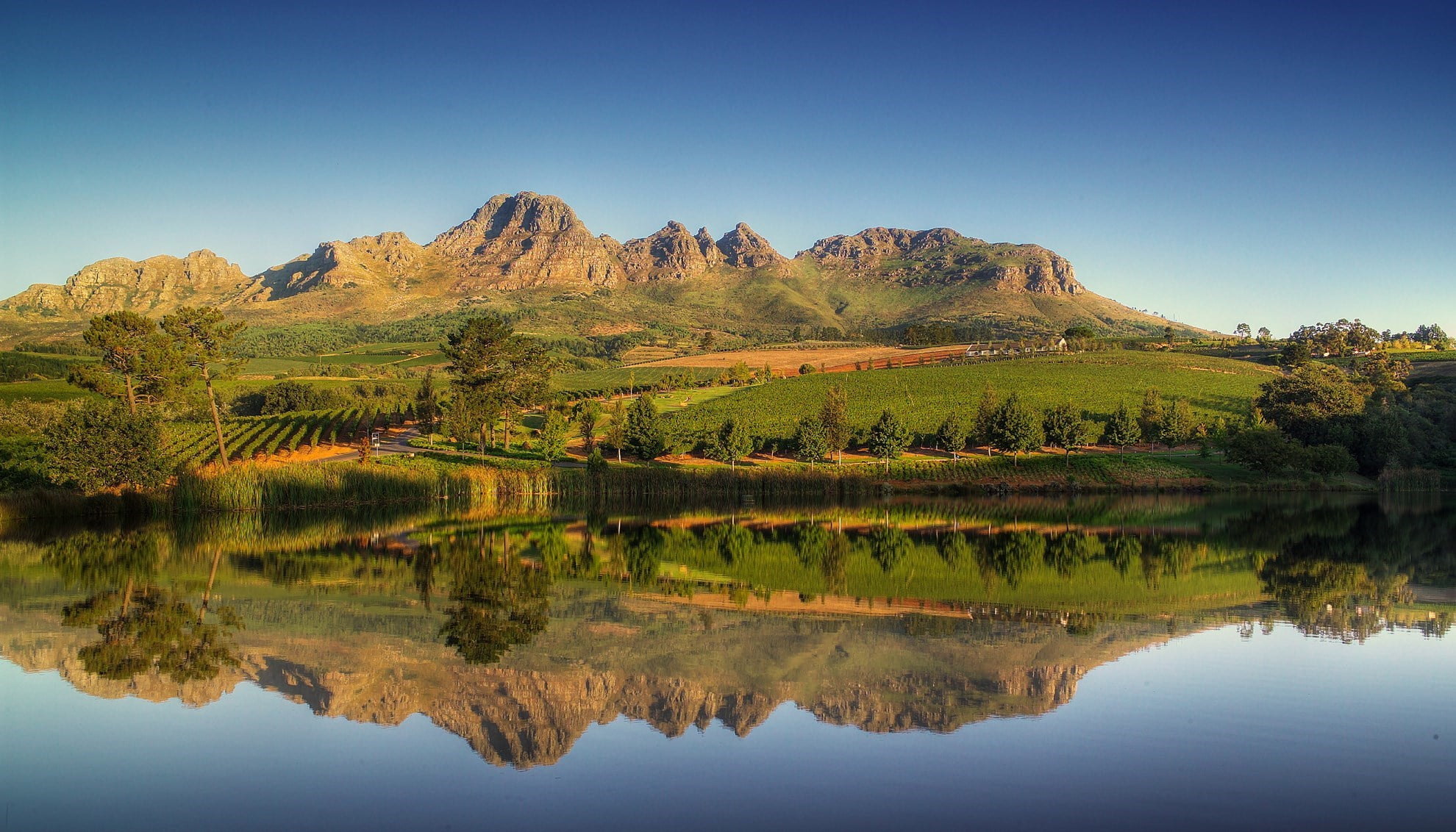
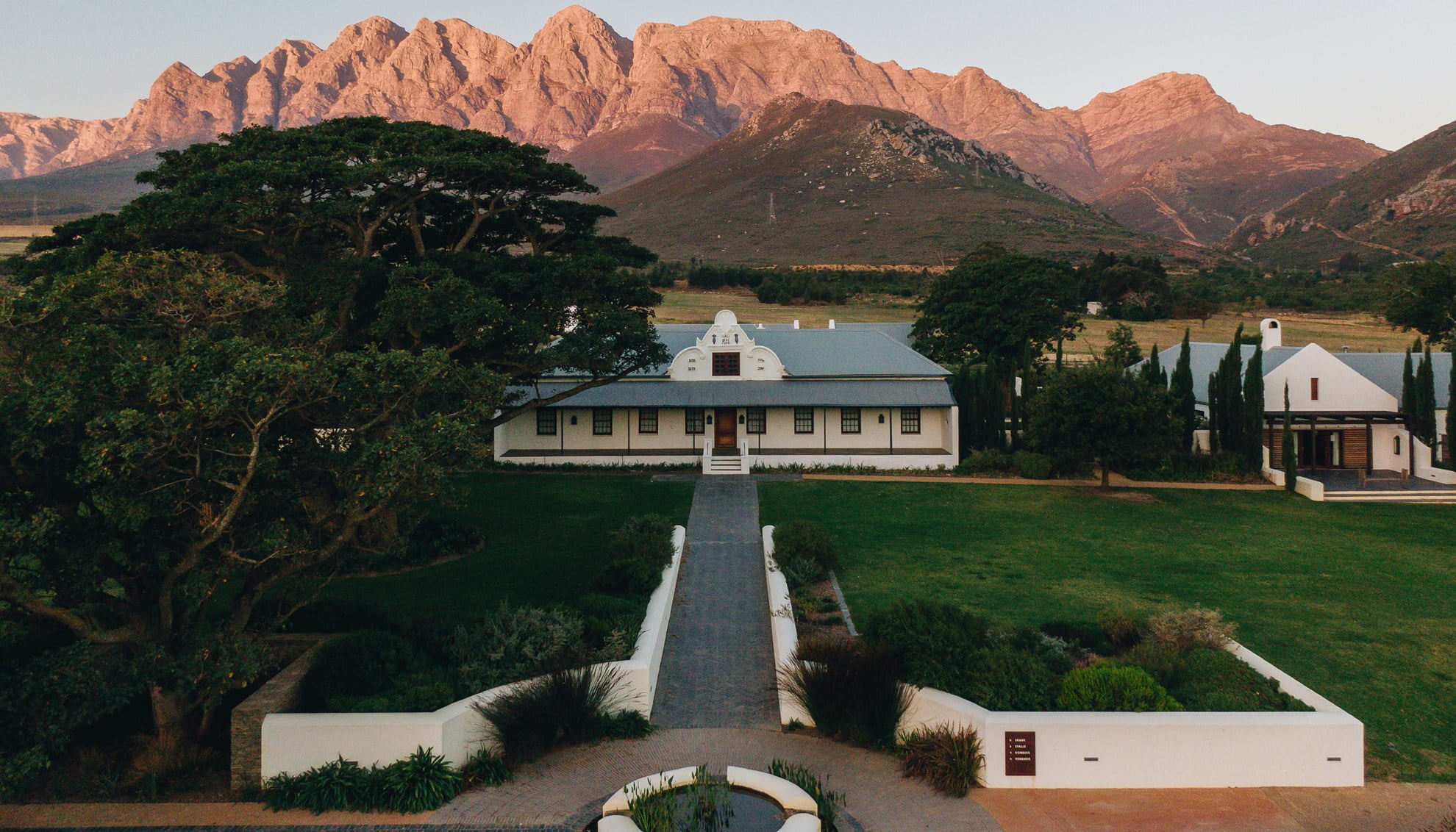
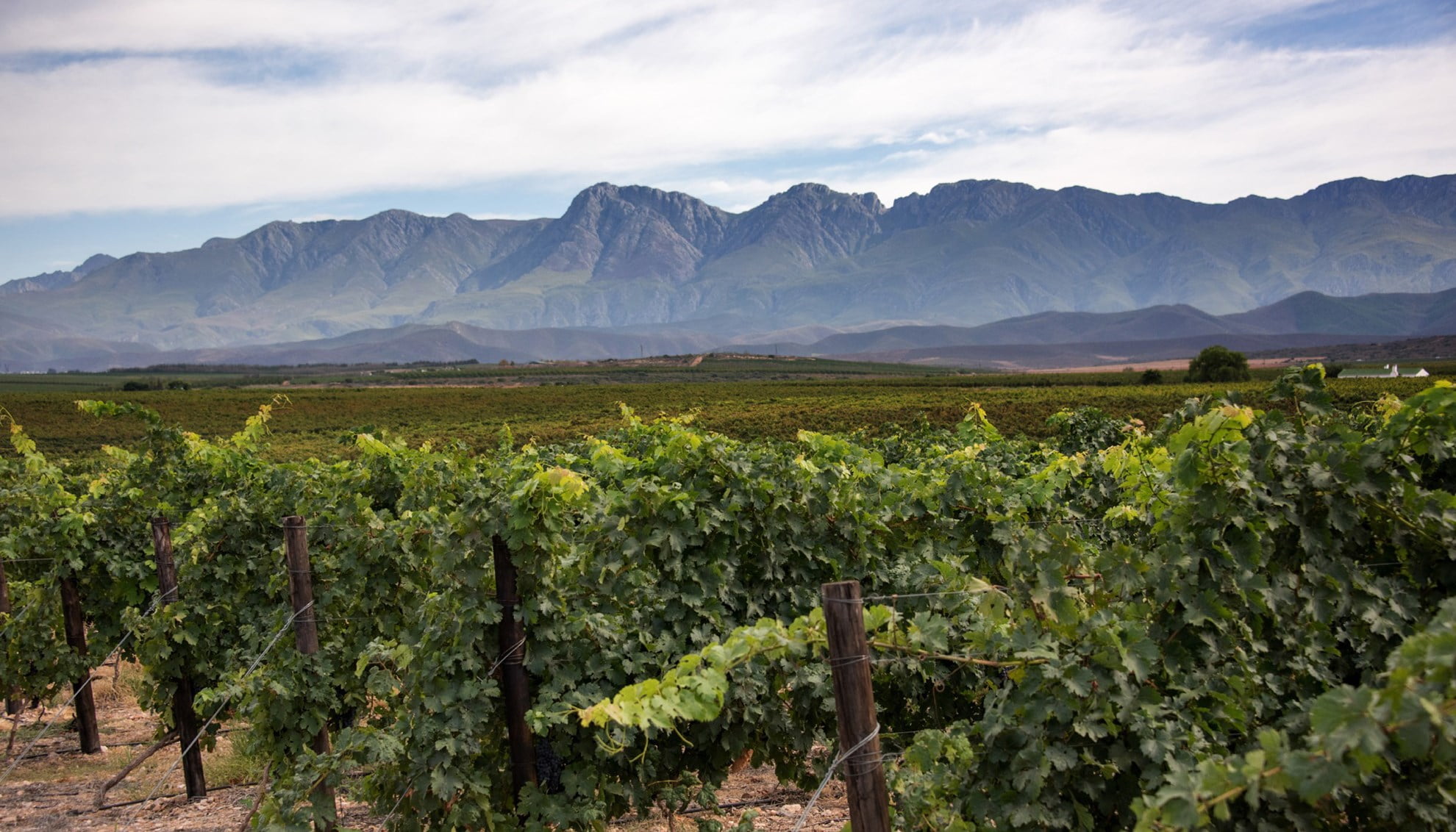
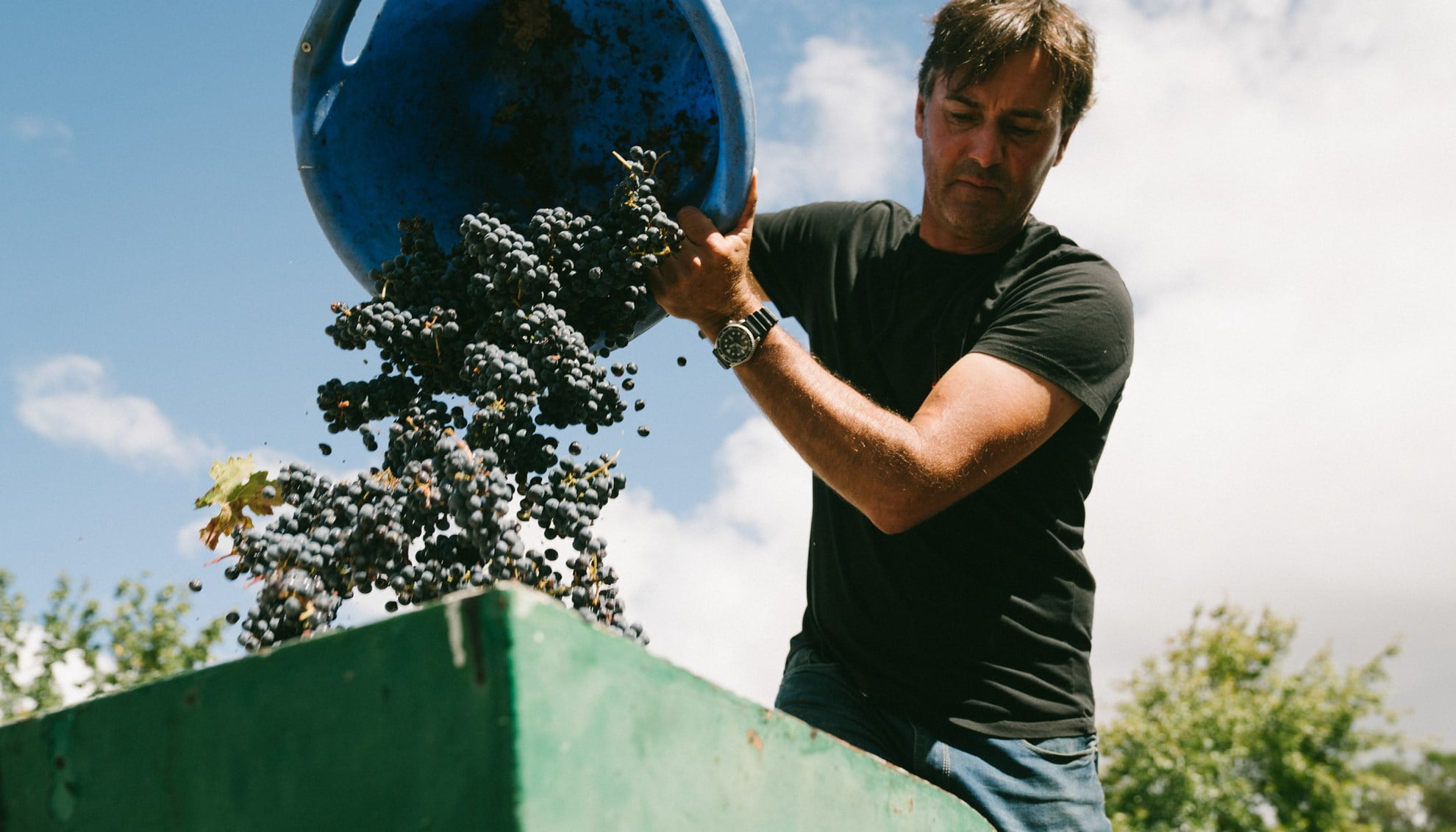
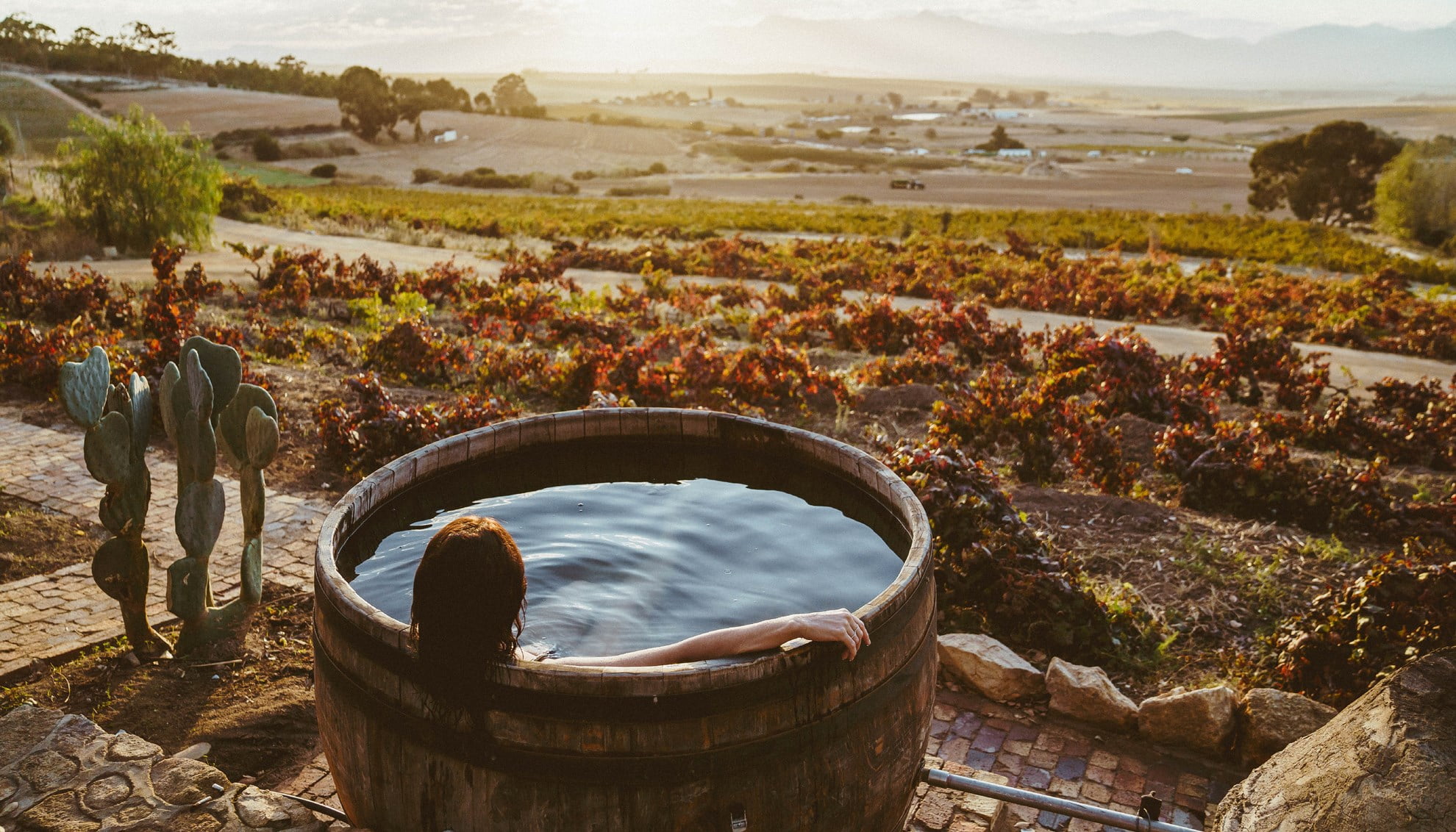
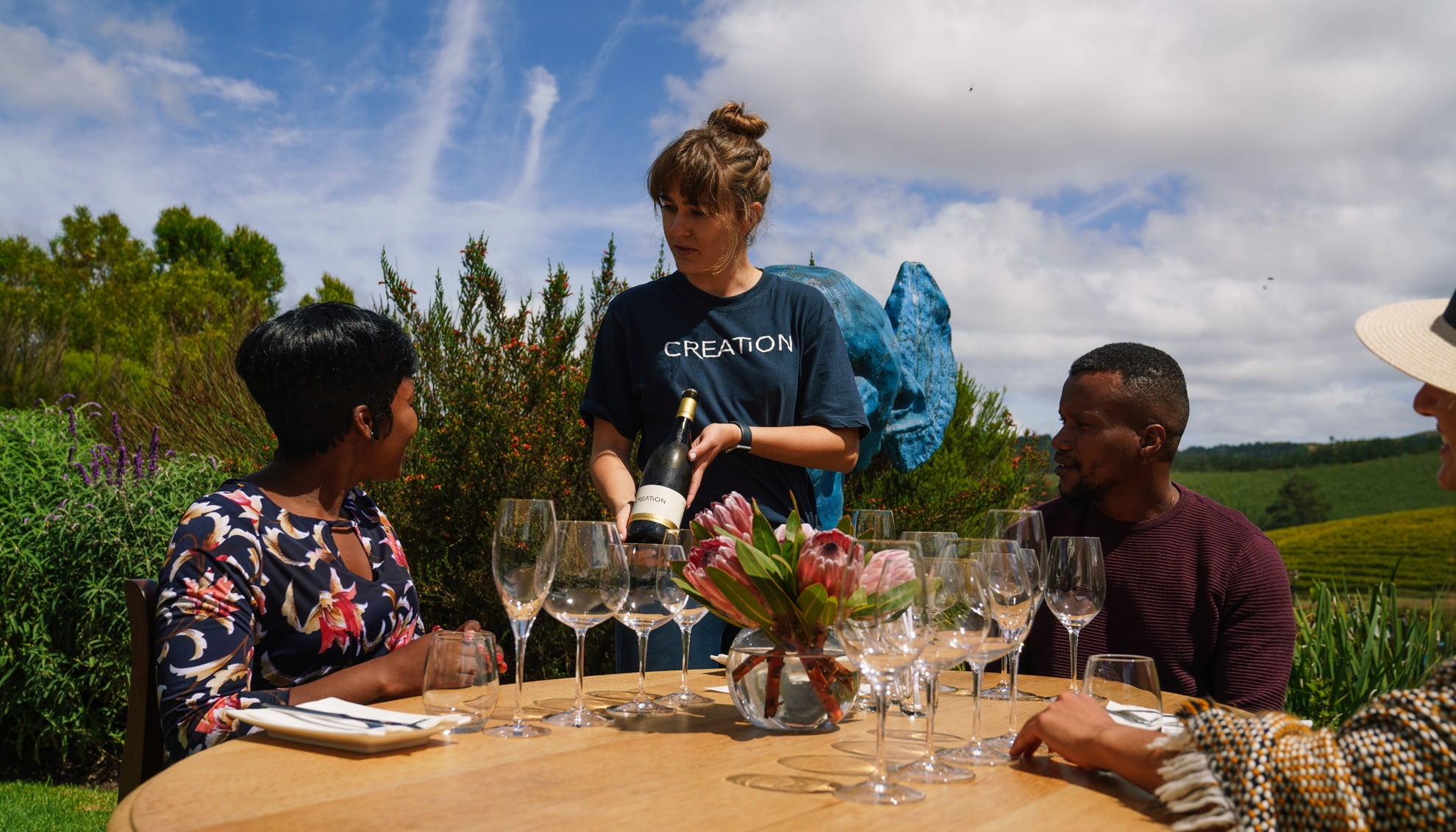
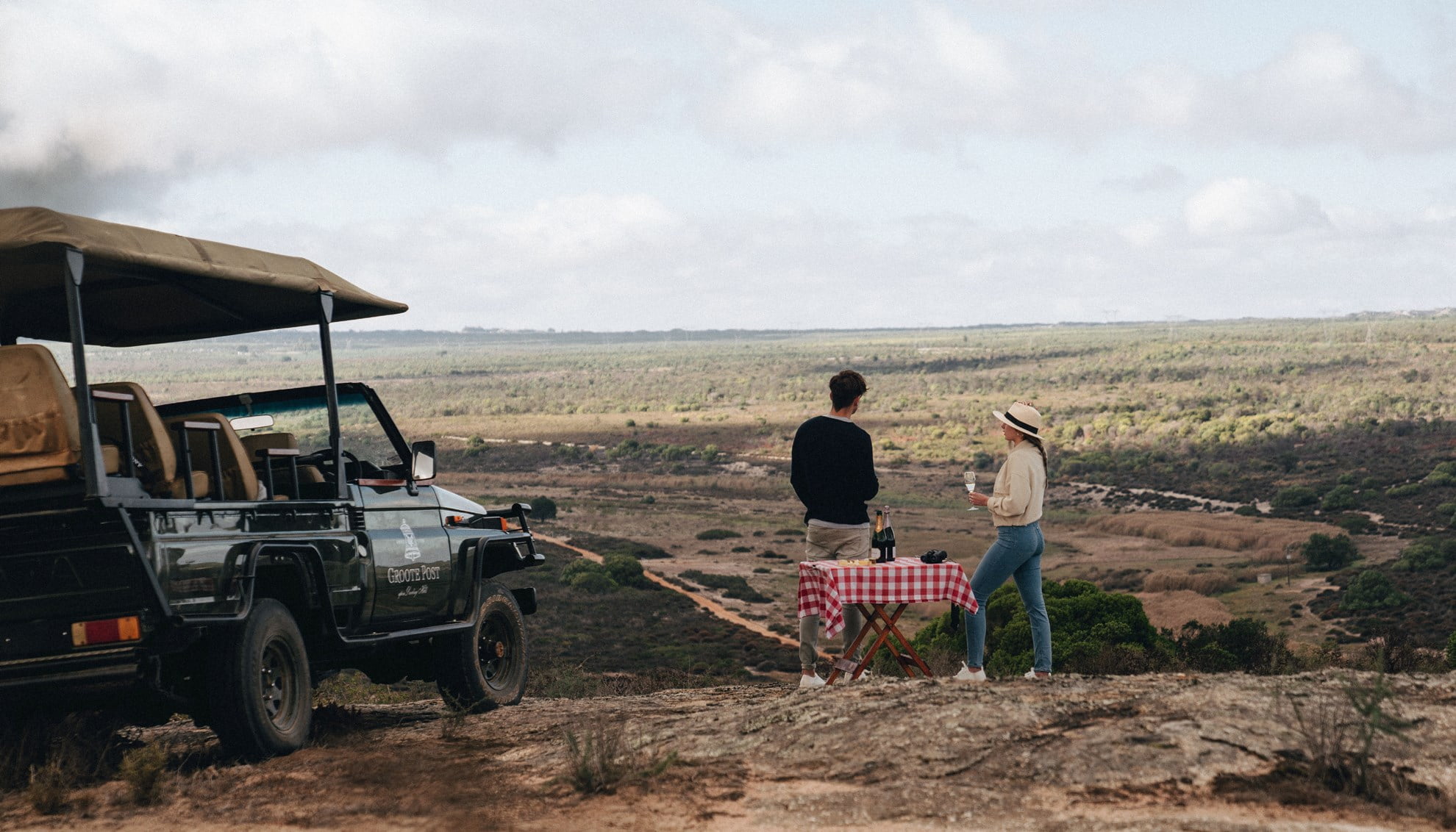
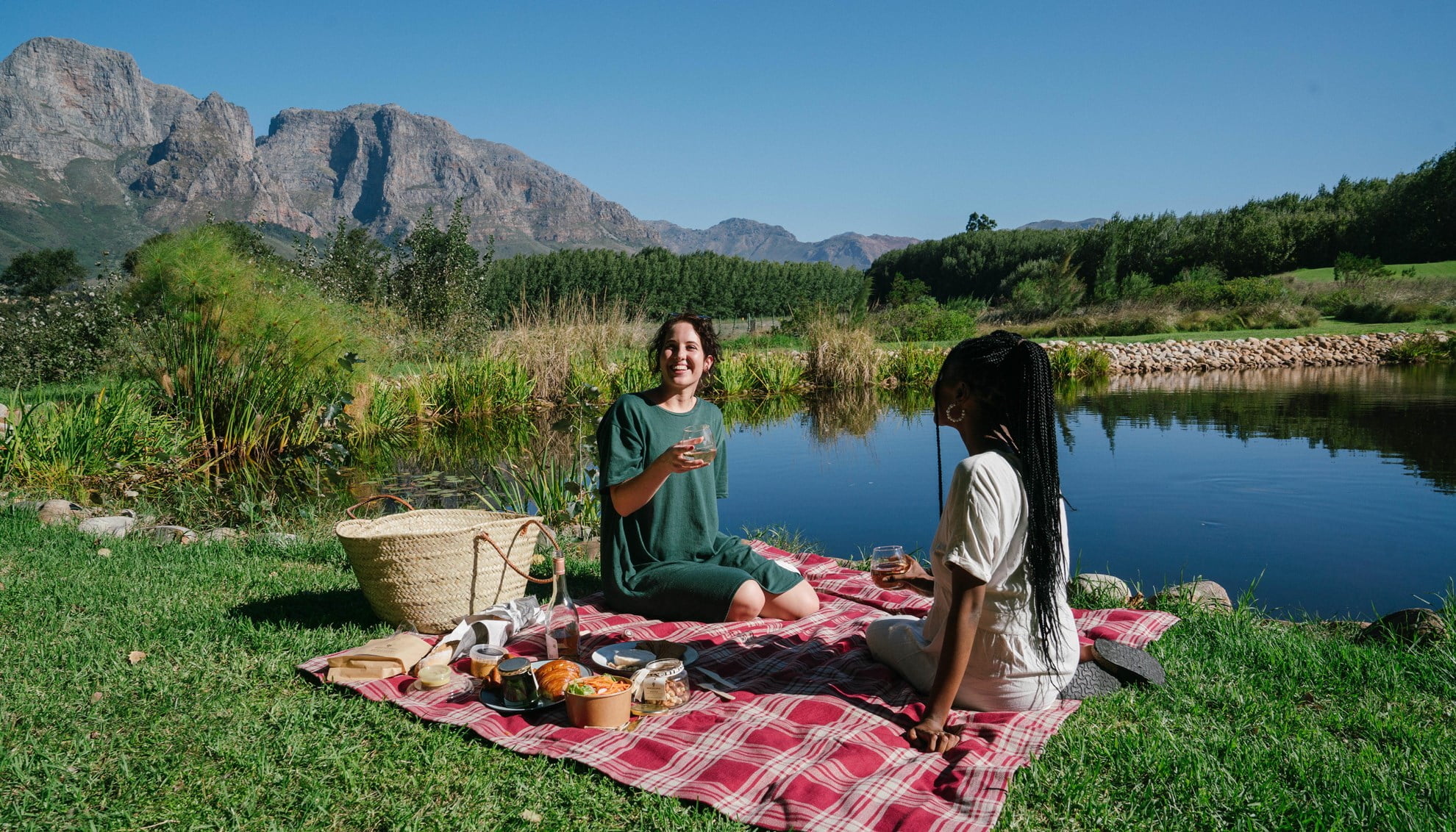
South Africa has it all. A rich winemaking history spanning more than 350 years, ancient soils, distinct ecosystems and a proudly diverse nation celebrating a vibrant life, well lived down south.
World-class accommodation, designer golf courses, historic wine estates, gourmet treasures and unrivalled views can be found around every turn. It’s no wonder that those who have discovered our diverse people and places , return as lifelong friends to the southernmost tip of Africa. .
Beyond the sun-kissed vineyards and scenic landscapes, South Africa’s winemaking ethos is encapsulated in the San word ≠hannuwa. The San people are the earliest, indigenous hunter gatherers of Southern Africa. ≠hannuwa is associated with good fortune, as in having enough to gather, this collective word suggests a life of harmony and plenty or success in sustaining life.
This philosophy has been adopted by our wine producers, underscoring their holistic approach. It pledges to farm sustainably, protect biodiversity and foster a culture of respect among those who both cultivate the vines and craft the wines of South Africa. ≠hannuwa ensures that we’re all active custodians of the land, preserving it for future generations and safeguarding the rich heritage of our winelands.
The South African winelands boast some of the world’s oldest viticultural soils, aged over millennia and shaped by ancient geological events. The interplay between these ancient soils, majestic mountains, valley slopes and coastal influences has fostered a rich natural environment unparalleled in biodiversity. Nestled within the Cape Floral Kingdom, a UNESCO World Heritage Site, the winelands house over 9,500 plant species, 70% of which are exclusive to this region. From a Natural World Wonder in Table Mountain, to the two oceans that meet at Cape Agulhas, the southernmost point of the African continent. The diversity of soils mirrors the diversity of climate and geography, offering an enchanting array of winemaking possibilities.
The options really are endless. This is already demonstrated in the flavour profiles which make a Sauvignon Blanc from Elim so different to one from Stellenbosch – or a Shiraz from Paarl so different to one from the Cederberg.
South Africa’s wine industry is in the midst of an inspiring transformation. Winemakers are pioneers, exploring new vine varieties and experimenting with clones. Recent years have witnessed over 40% of vineyards replanted, transitioning from volume production to noble cultivars and fine wines. Winemakers are experimenting with new varieties of vine, as well as new clones of existing varietals, such as Chardonnay and Cabernet Sauvignon.
As in other New World countries, viticulturists are hard at work matching vine varieties to soils and meso-climates in order to achieve the best results for the just over 93 000 hectares under vines. Vineyard life in South Africa is similar to Europe’s, although South Africa’s viticultural year begins in September. With Spring comes the signs of new life as the vines are just beginning to bud. Flowering usually follows in November and December, as the young grapes begin to swell and grow.
January in the Cape heralds the beginning of summer and as the temperatures increase, early grape varieties begin to ripen. The bulk of the harvest takes place in February and the sugar/acid ratio of the grapes is checked daily so that each variety is harvested at optimum ripens and mostly by hand – a busy but rewarding time for all with no shortage of comradery on display, despite the laden baskets and long days in full sun.
A noteworthy red variety, Pinotage, a cross between Pinot Noir and Hermitage (Cinsaut), was created on our home soils as one of the many experimental cross blends and is now being cultivated locally on a fairly large scale. Noble varieties which have been cultivated increasingly in the past few years include Sauvignon Blanc and Chardonnay, which thrive in diverse soils and climates and produce top-class white wines, and Shiraz and Pinot Noir that reflect their own terroir.
At the forefront of sustainability initiatives, South Africa has also introduced a pioneering Sustainability Seal – a world-first that traces a wine’s journey from vine to bottle, ensuring both integrity and eco-friendliness. The nation leads the way in ethical trading, with initiatives such as WIETA, guaranteeing fair working conditions for agricultural employees. The Ethical Seal certifies reasonable working conditions, setting a global standard in ethical wine production.
South Africa’s winemaking narrative interlaces history, innovation, and sustainability, promising a rich tapestry of flavours, unique experience, and a commitment to a flourishing future for generations to come. Amidst these ancient soils and captivating landscapes, the country’s winemakers craft wines of South Africa that embody the essence of a diverse nation, beckoning wine enthusiasts on an odyssey of taste, tradition, and sustainability.
South Africa has it all. A rich winemaking history spanning more than 350 years, ancient soils, distinct ecosystems and a proudly diverse nation celebrating a vibrant life, well lived down south.
World-class accommodation, designer golf courses, historic wine estates, gourmet treasures and unrivalled views can be found around every turn. It’s no wonder that those who have discovered our diverse people and places , return as lifelong friends to the southernmost tip of Africa. .
Beyond the sun-kissed vineyards and scenic landscapes, South Africa’s winemaking ethos is encapsulated in the San word ≠hannuwa. The San people are the earliest, indigenous hunter gatherers of Southern Africa. ≠hannuwa is associated with good fortune, as in having enough to gather, this collective word suggests a life of harmony and plenty or success in sustaining life.
This philosophy has been adopted by our wine producers, underscoring their holistic approach. It pledges to farm sustainably, protect biodiversity and foster a culture of respect among those who both cultivate the vines and craft the wines of South Africa. ≠hannuwa ensures that we’re all active custodians of the land, preserving it for future generations and safeguarding the rich heritage of our winelands.
The South African winelands boast some of the world’s oldest viticultural soils, aged over millennia and shaped by ancient geological events. The interplay between these ancient soils, majestic mountains, valley slopes and coastal influences has fostered a rich natural environment unparalleled in biodiversity. Nestled within the Cape Floral Kingdom, a UNESCO World Heritage Site, the winelands house over 9,500 plant species, 70% of which are exclusive to this region. From a Natural World Wonder in Table Mountain, to the two oceans that meet at Cape Agulhas, the southernmost point of the African continent. The diversity of soils mirrors the diversity of climate and geography, offering an enchanting array of winemaking possibilities.
The options really are endless. This is already demonstrated in the flavour profiles which make a Sauvignon Blanc from Elim so different to one from Stellenbosch – or a Shiraz from Paarl so different to one from the Cederberg.
South Africa’s wine industry is in the midst of an inspiring transformation. Winemakers are pioneers, exploring new vine varieties and experimenting with clones. Recent years have witnessed over 40% of vineyards replanted, transitioning from volume production to noble cultivars and fine wines. Winemakers are experimenting with new varieties of vine, as well as new clones of existing varietals, such as Chardonnay and Cabernet Sauvignon.
As in other New World countries, viticulturists are hard at work matching vine varieties to soils and meso-climates in order to achieve the best results for the just over 93 000 hectares under vines. Vineyard life in South Africa is similar to Europe’s, although South Africa’s viticultural year begins in September. With Spring comes the signs of new life as the vines are just beginning to bud. Flowering usually follows in November and December, as the young grapes begin to swell and grow.
January in the Cape heralds the beginning of summer and as the temperatures increase, early grape varieties begin to ripen. The bulk of the harvest takes place in February and the sugar/acid ratio of the grapes is checked daily so that each variety is harvested at optimum ripens and mostly by hand – a busy but rewarding time for all with no shortage of comradery on display, despite the laden baskets and long days in full sun.
A noteworthy red variety, Pinotage, a cross between Pinot Noir and Hermitage (Cinsaut), was created on our home soils as one of the many experimental cross blends and is now being cultivated locally on a fairly large scale. Noble varieties which have been cultivated increasingly in the past few years include Sauvignon Blanc and Chardonnay, which thrive in diverse soils and climates and produce top-class white wines, and Shiraz and Pinot Noir that reflect their own terroir.
At the forefront of sustainability initiatives, South Africa has also introduced a pioneering Sustainability Seal – a world-first that traces a wine’s journey from vine to bottle, ensuring both integrity and eco-friendliness. The nation leads the way in ethical trading, with initiatives such as WIETA, guaranteeing fair working conditions for agricultural employees. The Ethical Seal certifies reasonable working conditions, setting a global standard in ethical wine production.
South Africa’s winemaking narrative interlaces history, innovation, and sustainability, promising a rich tapestry of flavours, unique experience, and a commitment to a flourishing future for generations to come. Amidst these ancient soils and captivating landscapes, the country’s winemakers craft wines of South Africa that embody the essence of a diverse nation, beckoning wine enthusiasts on an odyssey of taste, tradition, and sustainability.
Jan van Riebeeck arrives at the Cape
to set up a refreshment station for
the Dutch East India Company.
The first vines are shipped to the Cape,
arriving from France, the Rhineland
and Spain, and planted in the
Company Gardens.
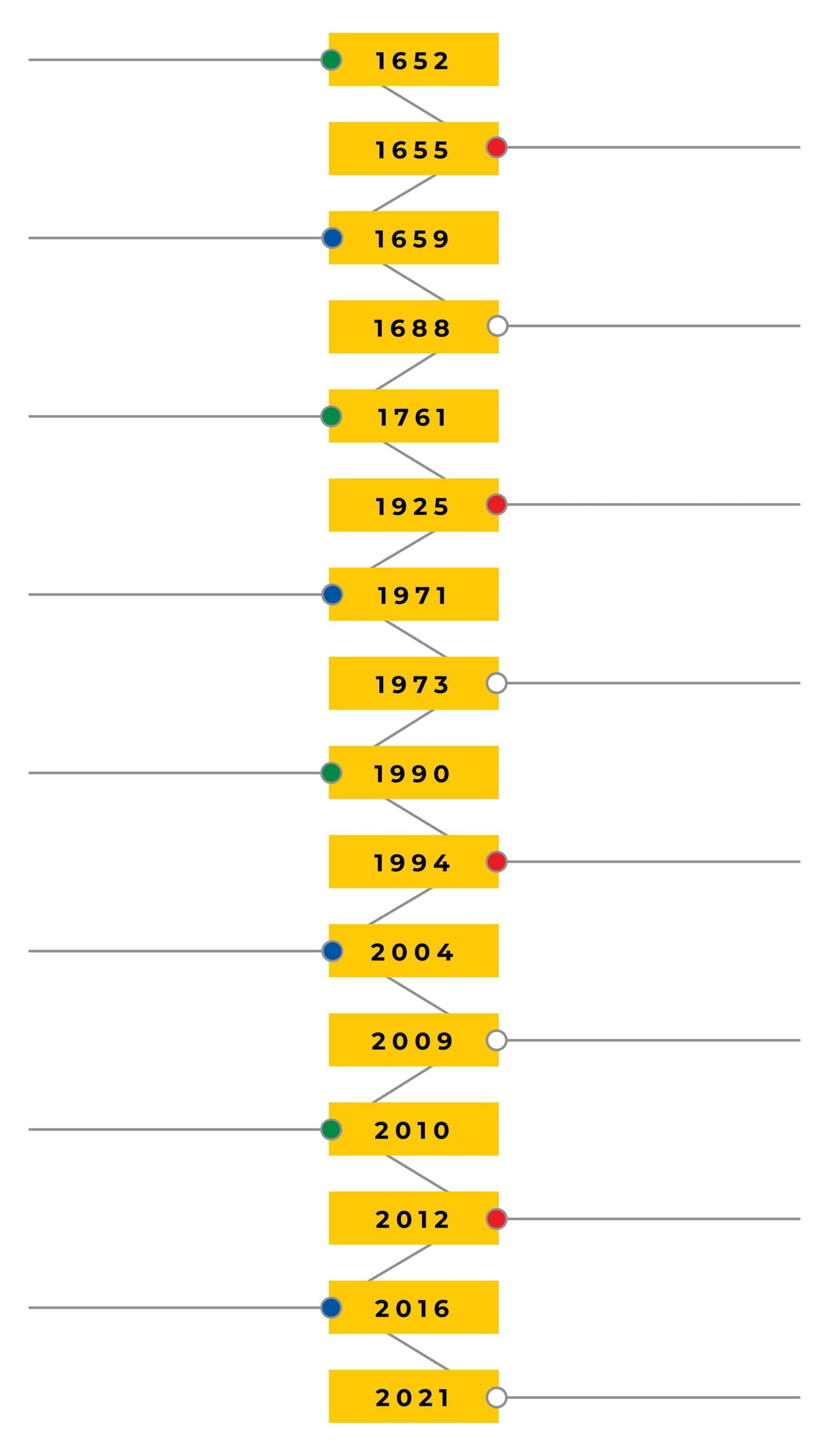
The founding of the Stellenbosch Wine
Route, the first of its kind.
Fleeing religious persecution in
France, a group of 150 Huguenots
arrives, settling in the Drakenstein
valley which subsequently becomes
known as the Fransche Hoek.
“Today, praise be to God, wine was
made for the first time from Cape
grapes…” Jan van Riebeeck’s famous
diary entry of 02 February.
Constantia wines are exported to
Europe and earn great acclaim by 1788
for their sweet and luscious nature.
Sales stimulated by shortages due to
the Seven Years War (1756–1763).
Professor Abraham Perold
successfully crosses Pinot Noir and
Hermitage (Cinsaut) to create
Pinotage, the first uniquely South African
grape variety ever.
Wine of Origin legislation instituted.
Nelson Mandela is released, paving the
way for increased acceptability of South
African wine abroad.
South Africa becomes a democracy.
Wine exports are less than 50-million
litres but start to take off.
The groundbreaking Biodiversity &
Wine Initiative (BWI) is initiated to
incorporate biodiversity best practices
into the local wine industry.
The anniversary of 350 years of
winemaking is celebrated.
South Africa introduces the world’s
first sustainability seal as a guarantee
of eco-friendly production.
An ethical seal that only producers
who pass the WIETA audit criteria
annually are entitled to use is
introduced.
The SA Wine Industry
Transformation Unit NPC (SAWITU)
was incorporated in 2016 with a fully
dedicated operational division
established in February 2019.
The launch of The Wine Arc, the new
home of thirteen black-owned wine
brands, on 11 November 2021 signifies
the start of a new beginning and
growth prospects for black-owned
brands. It is a milestone along the
transformation journey of South
African wine.

Jan van Riebeeck arrives at the Cape
to set up a refreshment station for
the Dutch East India Company.

The first vines are shipped to the Cape,
arriving from France, the Rhineland
and Spain, and planted in the
Company Gardens.

“Today, praise be to God, wine was
made for the first time from Cape
grapes…” Jan van Riebeeck’s famous
diary entry of 02 February.

Fleeing religious persecution in
France, a group of 150 Huguenots
arrives, settling in the Drakenstein
valley which subsequently becomes
known as the Fransche Hoek.

Constantia wines are exported to
Europe and earn great acclaim by 1788
for their sweet and luscious nature.
Sales stimulated by shortages due to
the Seven Years War (1756–1763).

Professor Abraham Perold
successfully crosses Pinot Noir and
Hermitage (Cinsaut) to create
Pinotage, the first uniquely South African grape variety ever.

The founding of the Stellenbosch Wine
Route, the first of its kind.

Wine of Origin legislation instituted.

Nelson Mandela is released, paving the
way for increased acceptability of South
African wine abroad.

South Africa becomes a democracy.
Wine exports are less than 50-million
litres but start to take off.

The groundbreaking Biodiversity &
Wine Initiative (BWI) is initiated to
incorporate biodiversity best practices
into the local wine industry.

The anniversary of 350 years of
winemaking is celebrated.

South Africa introduces the world’s
first sustainability seal as a guarantee
of eco-friendly production.

An ethical seal that only producers
who pass the WIETA audit criteria
annually are entitled to use is
introduced.

The SA Wine Industry
Transformation Unit NPC (SAWITU)
was incorporated in 2016 with a fully
dedicated operational division
established in February 2019.

The launch of The Wine Arc, the new
home of thirteen black-owned wine
brands, on 11 November 2021 signifies
the start of a new beginning and
growth prospects for black-owned
brands. It is a milestone along the
transformation journey of South
African wine.
Fill in the form below, and we’ll get back to you as soon as possible.
The questions marked with an asterisk(*) must be answered.
Fill in the form below, and we’ll get back to you as soon as possible.
The questions marked with an asterisk(*) must be answered.
Privacy Policy | Public Access to Information | Terms of Use | POPI Act
Website designed and built by Achieve Through Action
Privacy Policy | Public Access to Information | Terms of Use | POPI Act
Website designed and built by Achieve Through Action